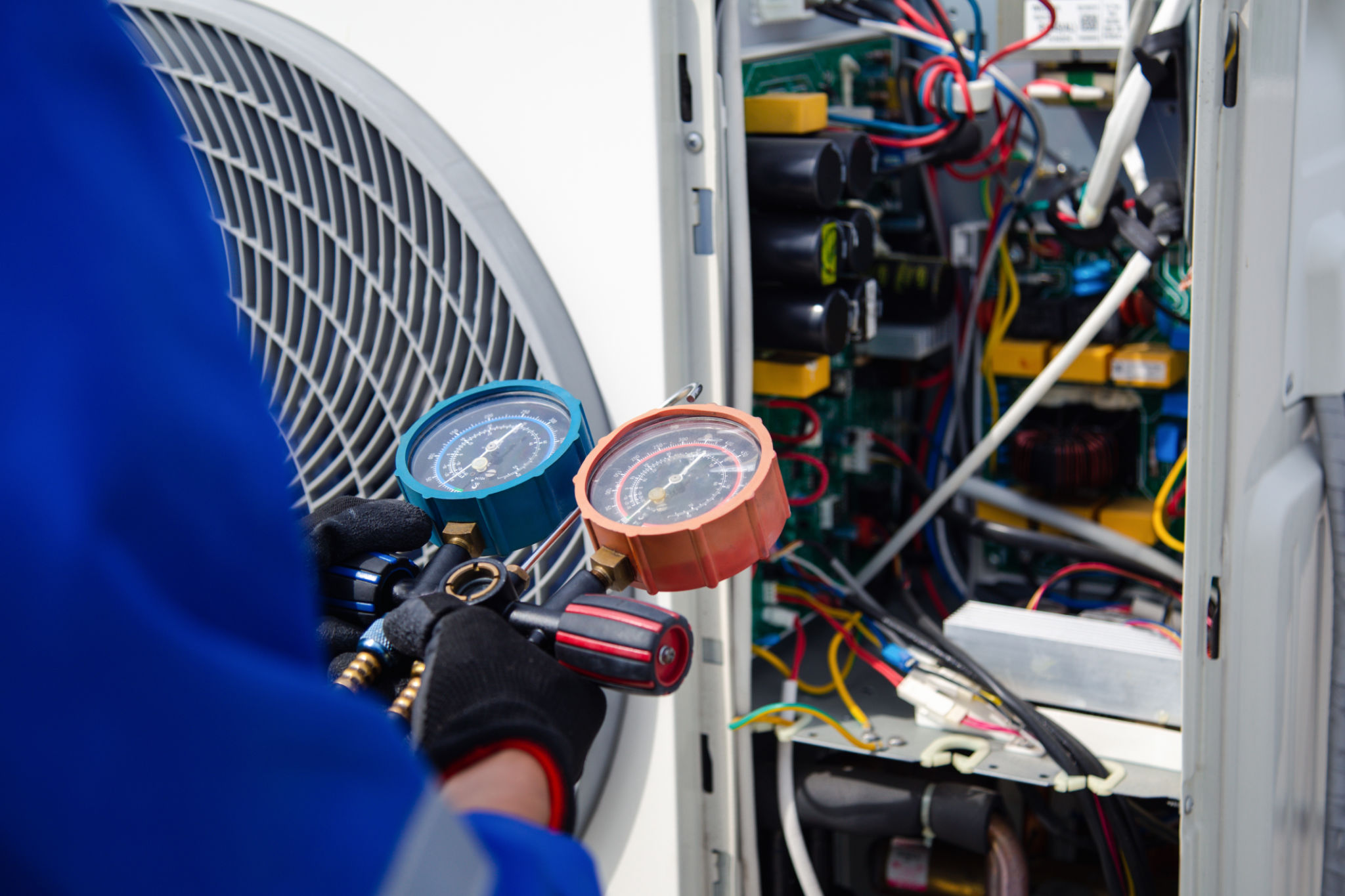How to Customize Your Container Home for Florida's Climate
Understanding Florida's Climate
Florida's climate is unique, characterized by hot summers, mild winters, and high humidity levels. This environment poses specific challenges for container home customization. Adapting your container home to withstand these conditions is essential for comfort and energy efficiency.
When customizing your container home, it's crucial to consider aspects such as insulation, ventilation, and materials that can resist the heat and moisture prevalent in Florida. These considerations will ensure that your home remains comfortable year-round and does not succumb to the elements.

Insulation for Temperature Control
Proper insulation is vital for maintaining a comfortable temperature inside your container home. In Florida's climate, both heat and humidity need to be managed effectively. Consider using spray foam insulation, which provides an excellent seal against both air and moisture infiltration.
Another option is to use insulated panels, which can be installed on the walls and ceiling of your container home. These panels can help keep the interior temperature stable, reducing reliance on air conditioning and ultimately lowering energy costs.
Ventilation: Keeping Air Circulation Efficient
Good ventilation is essential in a container home to prevent the build-up of humidity and maintain air quality. Installing strategically placed windows and vents can help promote natural airflow throughout the home. Consider adding ceiling fans to enhance air circulation during the hotter months.
Incorporating a mechanical ventilation system, such as an energy recovery ventilator (ERV), can significantly improve indoor air quality by exchanging stale indoor air with fresh outdoor air while minimizing energy loss.

Choosing Weather-Resistant Materials
The materials used in your container home should be chosen with Florida's weather conditions in mind. Opt for weather-resistant paints and coatings to protect the exterior of your container from corrosion caused by humidity and rain.
For roofing, consider using materials like metal or tile that can withstand heavy rain and high winds. These materials are durable and require minimal maintenance, making them ideal for Florida's climate.
Landscaping for Shade and Cooling
Landscaping plays a significant role in enhancing the comfort of your container home. Planting trees and shrubs around the home can provide natural shade, reducing the amount of direct sunlight that hits the walls and roof.
Consider creating a green roof or wall, which can help insulate the home and provide additional cooling benefits. These features also contribute to better air quality and can enhance the aesthetic appeal of your property.

Utilizing Solar Energy
Florida's abundant sunshine makes it an ideal location for utilizing solar energy in container homes. Installing solar panels can provide a renewable energy source that powers your home, reducing reliance on traditional electricity sources.
Solar energy systems can be designed to meet the specific energy needs of your container home, ensuring you have a sustainable and cost-effective solution for powering your household appliances and systems.
Water Management Solutions
Effective water management is crucial in Florida due to frequent rainstorms and potential flooding. Ensure your container home is elevated or has proper drainage systems to prevent water accumulation around the structure.
Consider installing rainwater harvesting systems to collect and store rainwater for use in irrigation or other non-potable applications. This approach not only conserves water but also reduces the impact of stormwater runoff.

Ensuring Comfort with Smart Home Technology
Integrating smart home technology can enhance the comfort and efficiency of your container home. Use smart thermostats to optimize heating and cooling systems based on occupancy and weather conditions.
Automated lighting and shading solutions can help manage natural light levels, reducing heat gain during peak hours while maintaining a comfortable indoor environment. These technologies offer convenience and can significantly reduce energy consumption.
